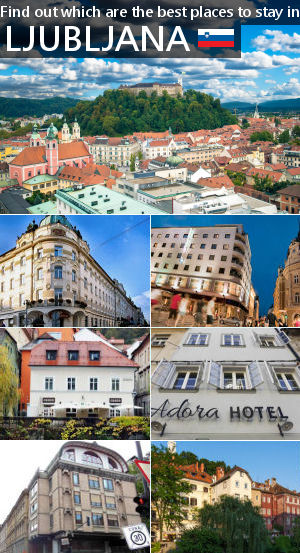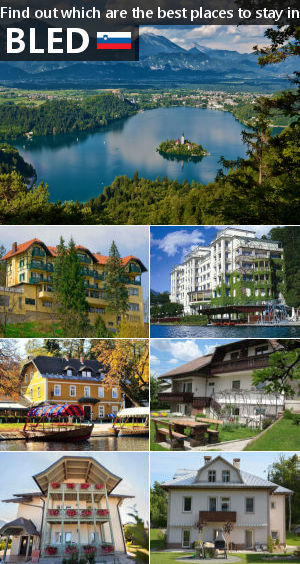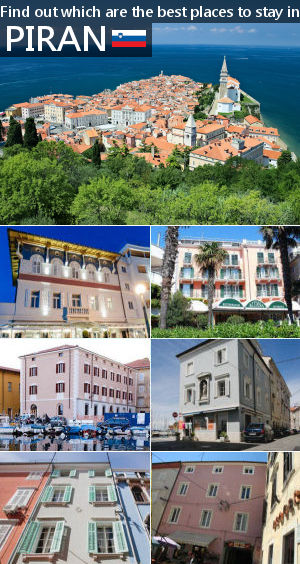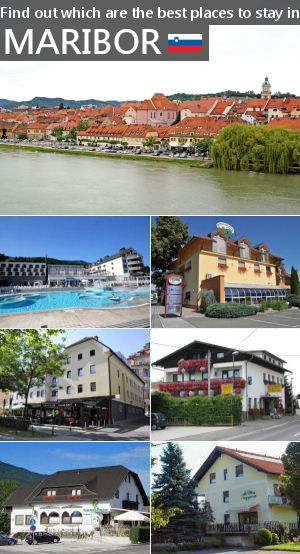Introducing Idrija, Slovenia
Idrija is a lovely small town with a population of just under 6,000 in western Slovenia that can be reached via notoriously winding roads. Located some 50 kilometres west of Slovenia’s capital Ljubljana, the town lies at the base of a valley, amid green hills and is crossed by the Idrijca river. It has a typical central-European architecture and you can see a strong influence of the Austro-Hungarian empire during the past centuries, especially in the town’s main buildings. Today, Idrija is best known for three things: mercury (commonly known as quicksilver), lace and zlikrofi.
Mercury mines brought Idrija wealth. After mercury was discovered in the area around 1490, people from across Europe flocked to Idrija. The exact details of the discovery have been lost to history, but according to a local legend, a pail maker was washing his products in a nearby stream when he discovered something shiny at the bottom of a pail. The mysterious substance was mercury. Idrija’s mines are the second largest mercury mines in Europe and the reason for Idrija’s spot on UNESCO’s World Heritage list (in 2012 UNESCO granted World Heritage status to Idrija’s mercury mine, together with a similar mine in Almadén, Spain). A first-hand experience of how mining looked in the old days is provided at Anthony’s Shaft, situated on the southern edge of the town. This atmospheric network of tunnels was built in 1500 and is one-and-a-half-kilometre long, 600 meters wide and 400 meters deep. A tour of the shaft starts with a brief introductory movie and then the visitors are led down the shaft itself, where mining techniques of the past are demonstrated.
Idrija is also famous throughout Europe and beyond for its lace, which is on display throughout the town. The first written mentions of lace making in Idrija date back to the 17th century. By that time, the town was becoming famous for the intricate craft practiced by the women of Idrija. The tradition finally led to the creation of a lace making school in 1876 (it is the biggest and oldest lace school in the world). For the first time, the lace-making skills weren’t just passed down from one generation to another, but became officially taught in school. Today, the Idrija Lace School is still active and helps keep the local tradition alive by passing the art of lace making on to the younger generations.
Idrija has a major culinary claim to fame in the zlikrofi, ravioli-like pockets of pasta stuffed with potato, onion, minced lard or smoked bacon, herbs and spices. Freshly made zlikrofi are served in most of the local restaurants. They are accompanied with the typical meat sauce, bakalca, made from mutton or rabbit meat. They are also served as an independent dish with pork cracklings or butter, or as side dish with meat, meat sauces, roasts, sour turnip or sprinkled with crumbled Gorgonzola cheese. The exact origin of zlikrofi remains a mystery, but according to written sources, they were already common in the 19th century. In 2010 zlikrofi were awarded a protected geographical status (the first Slovenian dish to get such recognition).
The award-winning Idrija Municipal Museum, housed in the Gewerkenegg Castle, which dominates the old centre of the town, has some fantastic collections which deal with mercury, lace and local history. The collections are exhibited in three wings centred on a lovely courtyard, and an accompanying booklet guides visitors through the rooms.
Other worth-seeing attractions in Idrija and the surrounding area include the Kamst (a 13.6 meter waterwheel made of wood that was used to pump the water out of flooded mines from 1790 until 1948), Miner’s House, the Municipal Apiary, and the Wild Lake (a small, emerald green lake fed by a deep karst spring).
| |
|---|
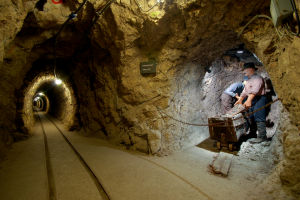 Overall Rating: The history of mining in Idrija dates back to 1490. Until the First World War Idrija's Mercury Mine was one of the best technically equipped mines in Europe. In 1986 the decision was made to close the mine. Today, visitors can tour a portion of the closed mine, called Anthony's Shaft, and learn about the difficult conditions endured by the mercury miners from the end of the 15th century till the end of the 20th century. |
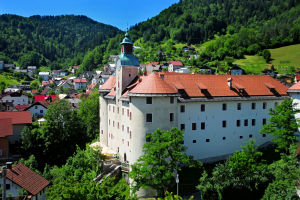 Overall Rating: The Gewerkenegg Castle stands atop a small hill on the western edge of the small mining town of Idrija in western Slovenia. It was built between 1522 and 1533 to serve as the administrative headquarters of Idrija's mercury mine. Today, the castle houses the award-winning Idrija Municipal Museum featuring the excellent collections which deal with mercury, lace and Idrija's history.. |
  Overall Rating: One of the most interesting examples of mining technology that still exists in Idrija is the Kamst, an impressive waterwheel made of wood in 1790 to pump the water out of flooded mineshafts below. With a diameter of 13,6 meters, it is the largest preserved wooden waterwheel in Europe. It operated uninterrupted for 158 years until 1948. It stands on its original location in a stone building on the western outskirts of town. |
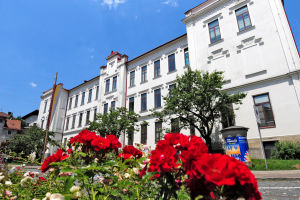  Overall Rating: The Idrija Lace School is a recognized and valued institution among professional circles in Europe. It offers quality education for students and adults in lace-making, maintains and develops this rich treasury of knowledge, and consequently enhances the quality of the lace produced in Idrija. In the school, there's a showroom where visitors can see the remarkable pieces made by students of the school. There's also a small shop with items for purchase. |
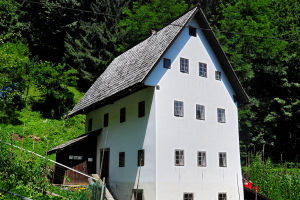  Overall Rating: The history of Idrija's days as a mining town is apparent in the numerous sights in the town and its surroundings. One such very interesting sight to visit, representing the former way of life of miners' families, is the 18th-century Miner's House, or Rudarska Hisa as it is called in Slovene. It stands in the Bazoviska street on a slope facing the town below, not far from Idrija's town centre. |
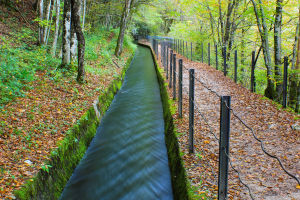  Overall Rating: The Rake water channel in Idrija was built at the end of the 16th century to support the mercury mine operations. Initially, the water channel was wooden, but in the second half of the 18th century it was enclosed with stone. Along the water channel, there's a two-and-a-half-kilometre-long nature learning path unveiling Idrija's treasures of geology, flora and cultural history.. |
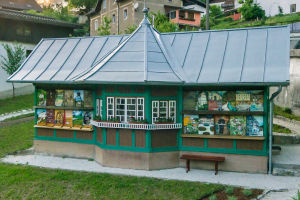  The Idrija Municipal Apiary stands behind the Church of the Holy Trinity, only a short walk from the center of Idrija. This highly crafted and extremely well executed and painted apiary is one of the most important structures of Slovene beekeeping. It was built in 1925 and completely renovated in 2013. |
| |
|---|
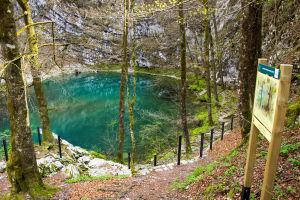  Overall Rating: Wild Lake or Divje Jezero as it is called in Slovene is a very unique and mysterious karstic lake located in Idrijski Log near the town of Idrija in western Slovenia. Since 1967, the lake has been protected as a natural monument of national significance of Slovenia. In 1972, the area of the lake was arranged into the first Slovenian outdoor museum in nature. In 1997 divers descended to 170 meters (558 feet), yet did not reach the bottom. |
| The accommodation options in Idrija can be divided into six main categories: hotels, guest houses, B&Bs, apartments, farm stays and hostels. |
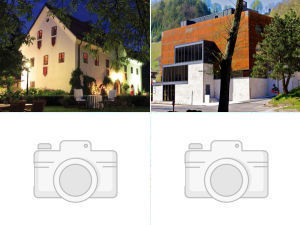  There are two hotels in the Idrija area. We have reviewed and rated them both, so, if you're planning to visit Idrija and would like to stay in a hotel, read on and find out which one best suits your needs. |
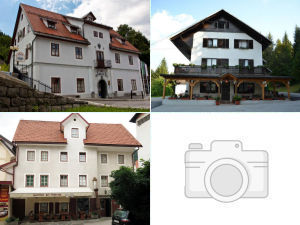  Guest houses are a very popular form of lodging in Slovenia and have been in use for many decades. We stayed at four different guesthouses in the Idrija area and would like to recommend two of them. |
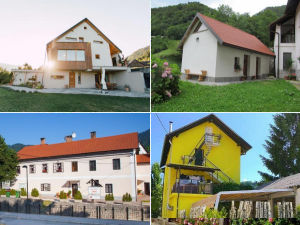  If you like complete privacy, comfort, want to be able to cook your favourite meals, or just look for a cheaper and better alternative to hotels, then Idrija apartments are meant for you. They usually have nice modern furniture and all the necessary equipment, including a well equipped kitchen and a modern bathroom. |
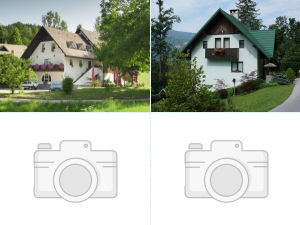  Bed and breakfasts are an inexpensive and relaxing alternative to a classic hotel for your stay, but currently we can recommend only one B&B in Idrija. |
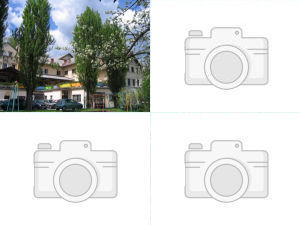  Idrija is a small town and only has one hostel. Find out if it suits your needs. |
  Farm stays are a great way of bringing your family together and experiencing another way of living. Find out which farm stay in the Idrija area we recommend! |
Idrija Pictures
View our image gallery that proves you absolutely have to visit Idrija!
The 30 photos below are from the Media library of I Feel Slovenia


In the hills of western Slovenia snuggles the town of Idrija. (Image by Tomo Jesenicnik)


Idrija’s location at the base of a valley, amid green hills, is pretty spectacular. (Image by Tomo Jesenicnik)


The Gewerkenegg Castle was built in the 1520s to serve as the administrative headquarters of the Idrija mercury mine. Today, the castle houses the award-winning Municipal Museum. (Image by Dunja Wedam)
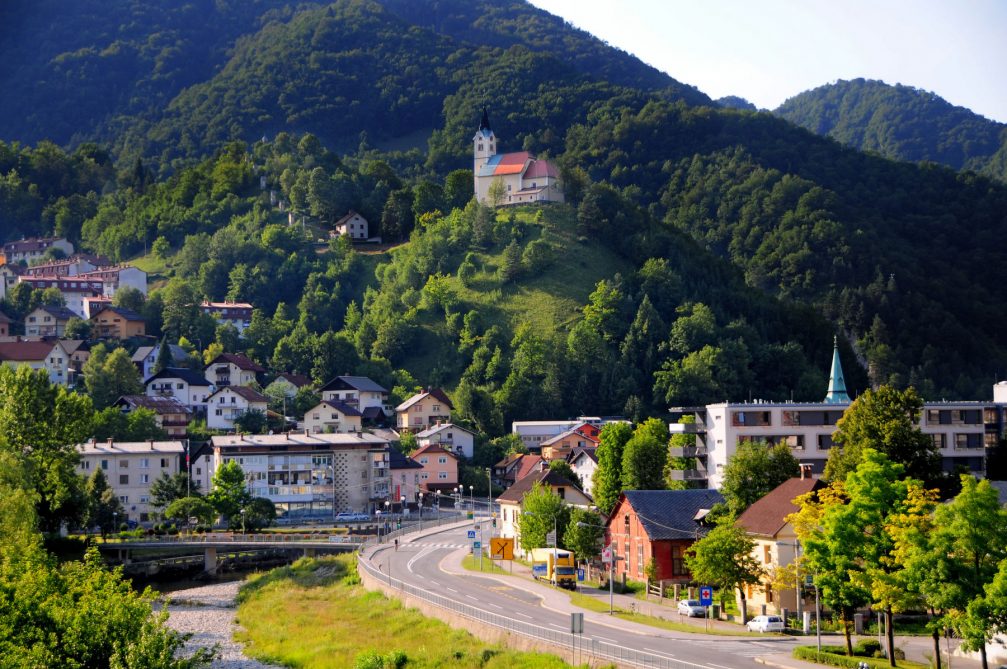

On the Rozni Hrib hill above Idrija’s town centre stands the 17th-century church of St. Anthony of Padua. (Image by Dunja Wedam)
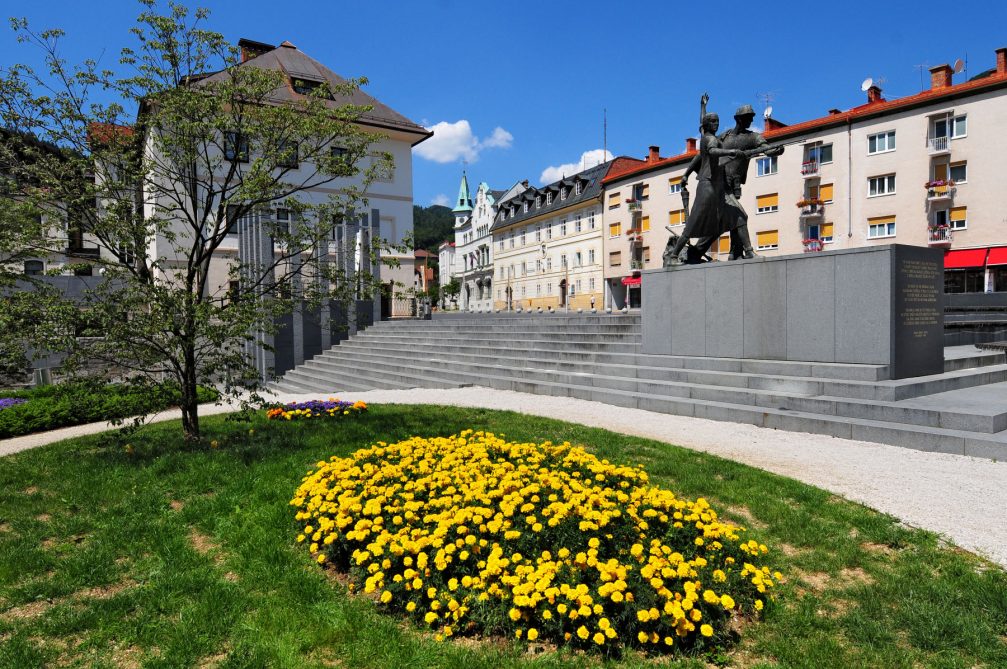

Several historic houses in Idrija’s town centre have been renovated in recent years. (Image by Dunja Wedam)
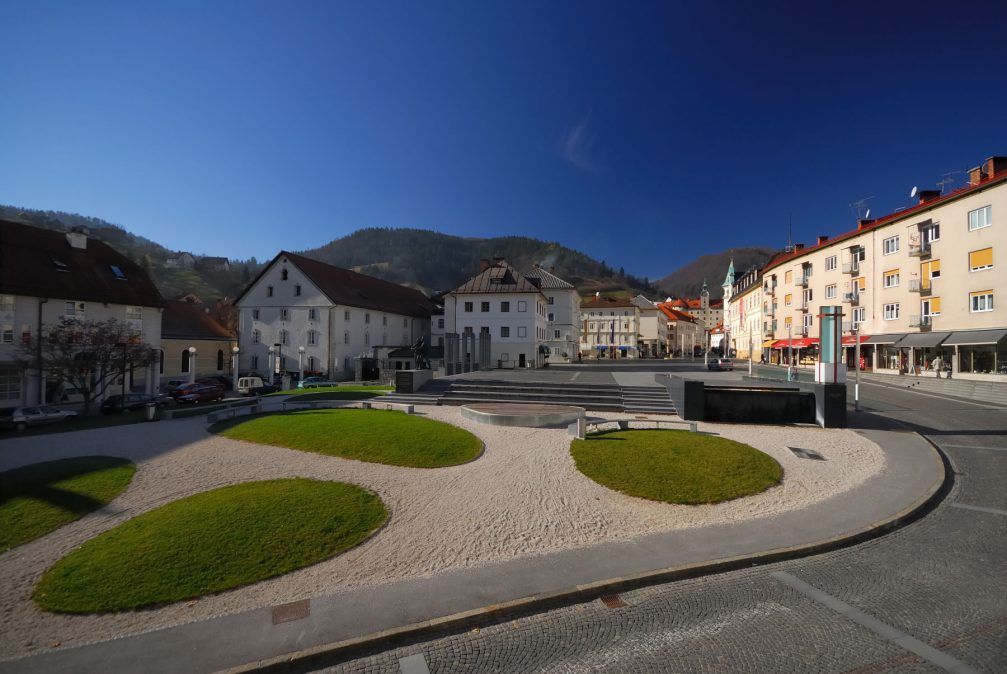

The large Town Square is Idrija’s main square where concerts, exhibits and community events take place throughout the year. (Image by Jani Peternelj)


The St Ahacij Square with its lovely fountain. (Image by Dunja Wedam)
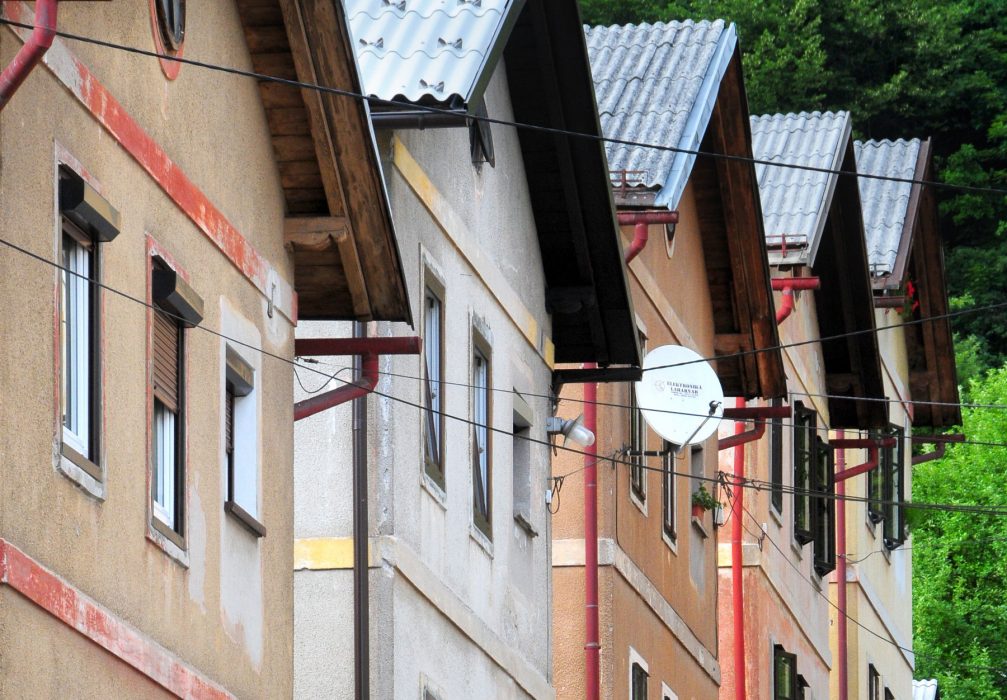

A picturesque old houses in the Rudarska Ulica street. (Image by Dunja Wedam)


At the side of the St Ahacij Square there is a large building, known as the Selstev House. A tour of the Anthony’s Shaft tourist mine starts here with a video presentation which introduces the growth of mining in Idrija. Visitors are then led down the shaft itself, where mining techniques of the past are demonstrated. (Image by Dunja Wedam)
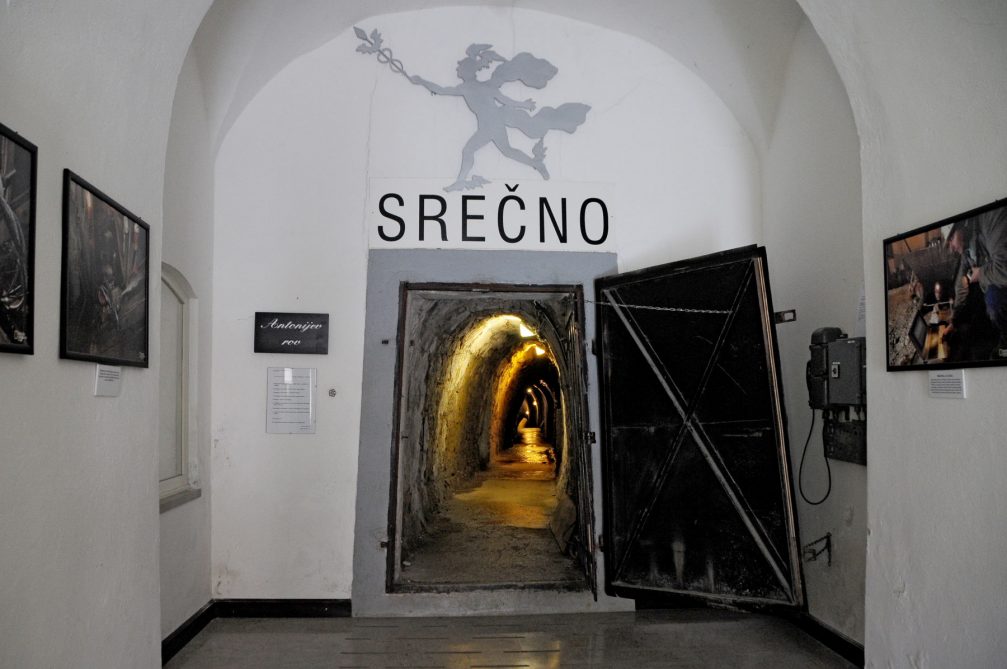

A first-hand experience of how mining looked in the old days is provided at Anthony’s Shaft. This remarkable network of tunnels was built in 1500 and is one-and-a-half-kilometre long, 600 meters wide and 400 meters deep. (Image by Dunja Wedam)
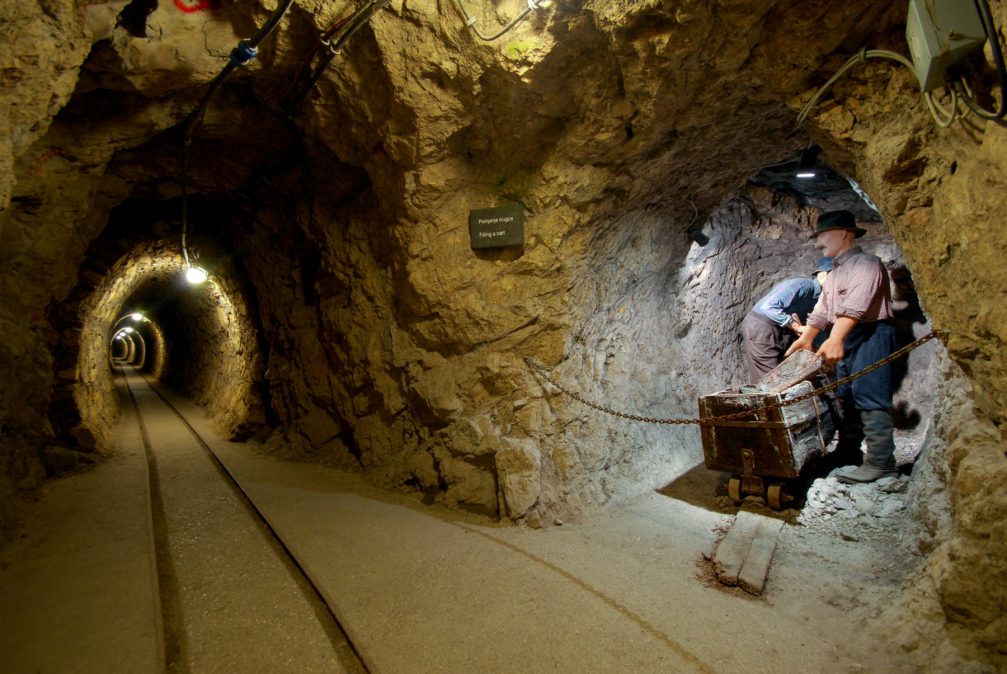

Mercury mines in Idrija are the second largest mercury mines in Europe and the reason for Idrija’s spot on UNESCO’s World Heritage list. The Anthony Mine Shaft is a true ‘living’ museum, allowing you to get a feel for the working conditions of mercury miners in the town. (Image by Jani Peternelj)
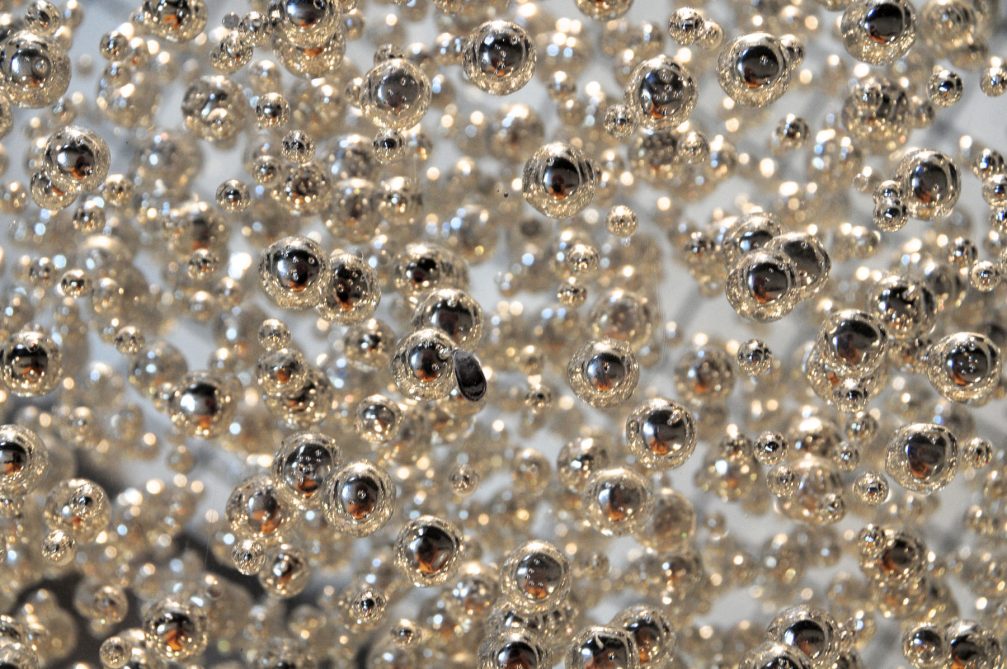

Mercury is a chemical element with symbol Hg and atomic number 80. It is commonly known as quicksilver. (Image by Dunja Wedam)


On the western outskirts of town is a large stone building containing a very interesting example of mining technology known as the Kamst. It’s a very impressive wooden waterwheel built in 1790 to pump the water out of flooded mines below. It ran uninterrupted for 158 years until 1948. With a diameter of 13,6 meters, it was the largest waterwheel ever built in Europe. (Image by Robert Zabukovec)
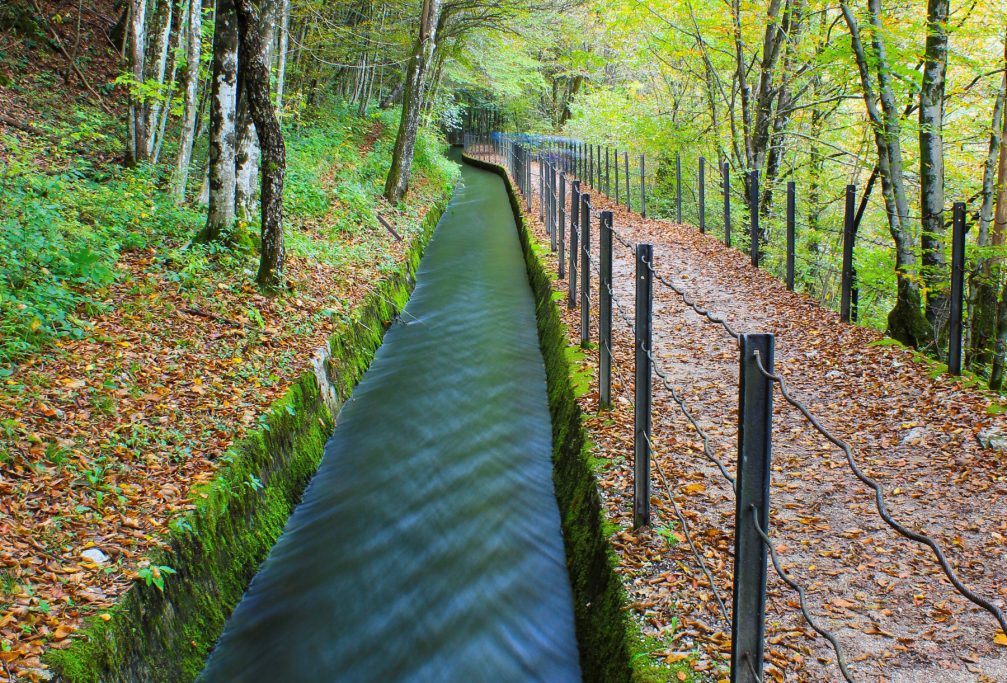

The Rake water channel in Idrija was built at the end of the 16th century to support the mercury mine operations. Initially, the water channel was wooden, but in the second half of the 18 century it was enclosed with stone. Along the water channel, there’s a 2,5 km long nature learning path unveiling Idrija’s treasures of geology, flora and cultural history. (Image by Gregor Kacin)
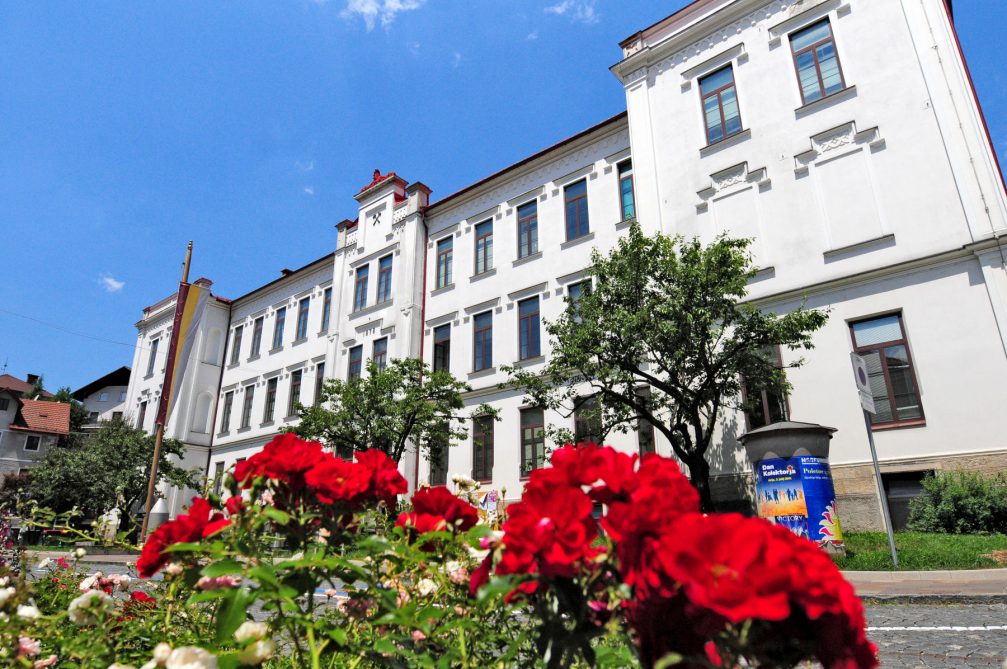

The Idrija Lace School is the biggest and oldest lace school in the world. It was founded in 1876 and continues to offer lace making skills to younger generations. (Image by Dunja Wedam)
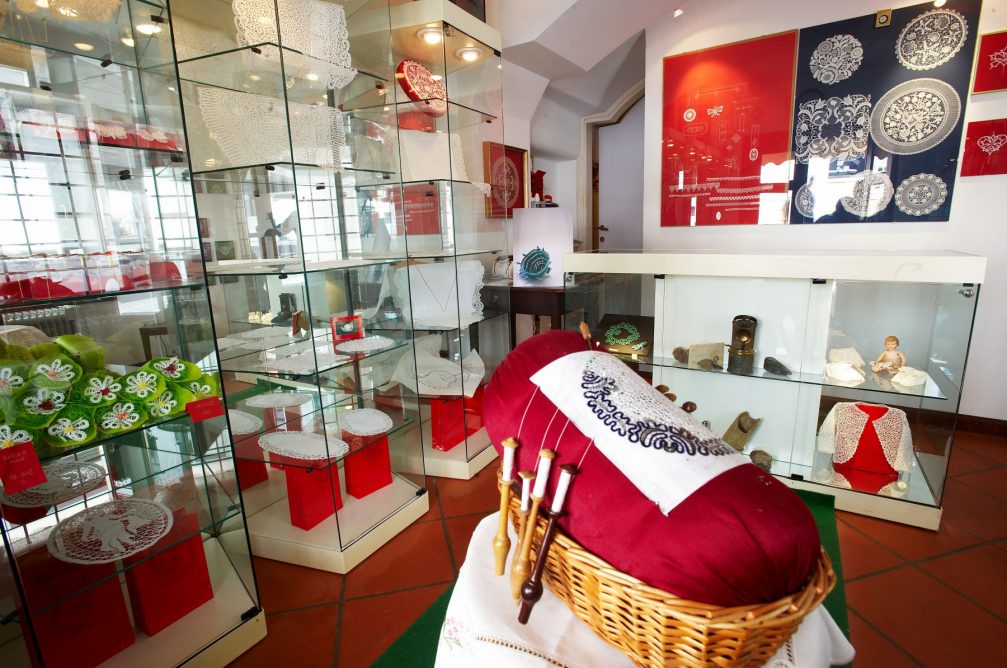

The first written mentions of lace making in Idrija date back to the 17th century. Today, the Idrija lace industry is widely recognised as producing some of the highest quality lace in the world. There is a surprising variety of lace goods – from simple cloths and handkerchiefs to gloves, necklaces and even earrings. (Image by Tomo Jesenicnik)
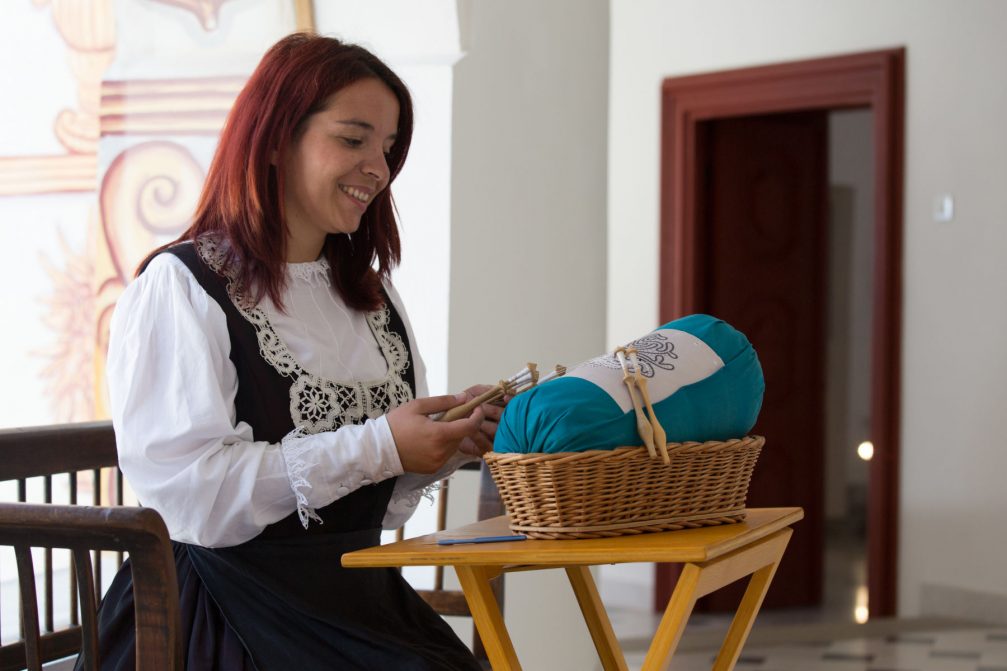

The importance of Idrija lace not just to the town of Idrija but to Slovenia as a whole was demonstrated when the Slovenian government decided to grant the lace official ‘geographic designation’, ensuring that only lace made in Idrija using traditional methods can ever be sold as authentic Idrija lace. (Image by Marco Coppo)


Successful young lace makers are coming up with exciting new designs based on reinterpretations of traditional Idrija lace. (Image by Dunja Wedam)
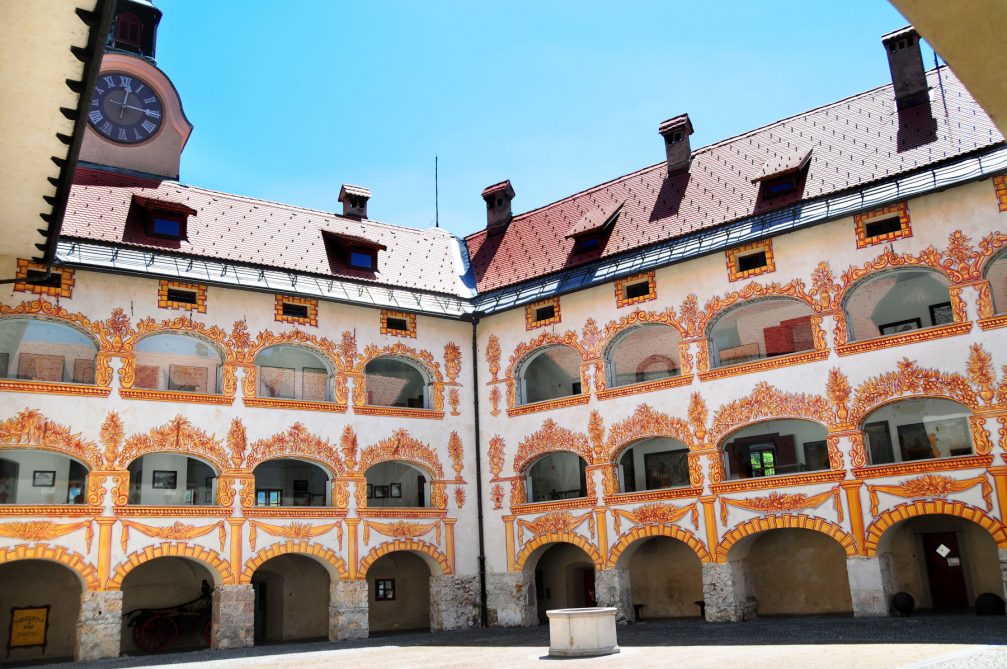

A beautifully decorated courtyard of the Gewerkenegg Castle which was built in the 1520s to serve as the administrative headquarters of the mercury mine. (Image by Dunja Wedam)
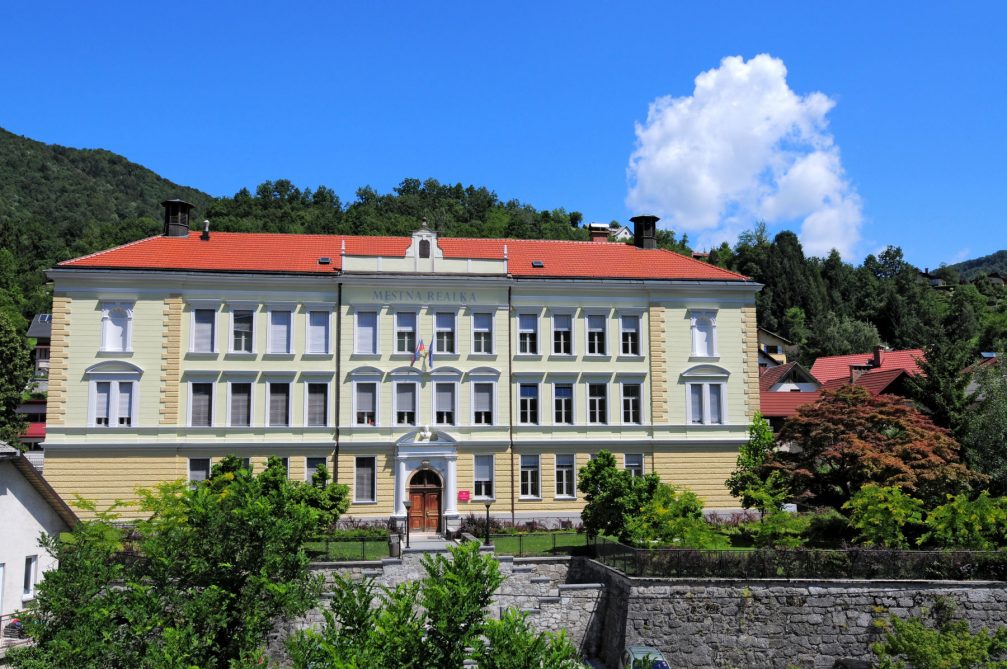

The current Jurij Vega Grammar School was between 1901 and 1926 the first secondary school in the country with lessons in Slovenian language. The building dates from 1903 and was built in the Classical style. (Image by Dunja Wedam)


Known as Idrijski Zlikrofi or Idrija dumplings, the ravioli-like pasta pouches are filled with potatoes, onions, bacon, chives, and marjoram, and traditionally served with meat, often lamb or rabbit. (Image by Dunja Wedam)


A flowering balcony on the front of the house along the Mestni Trg Street in the town centre. (Image by Dunja Wedam)
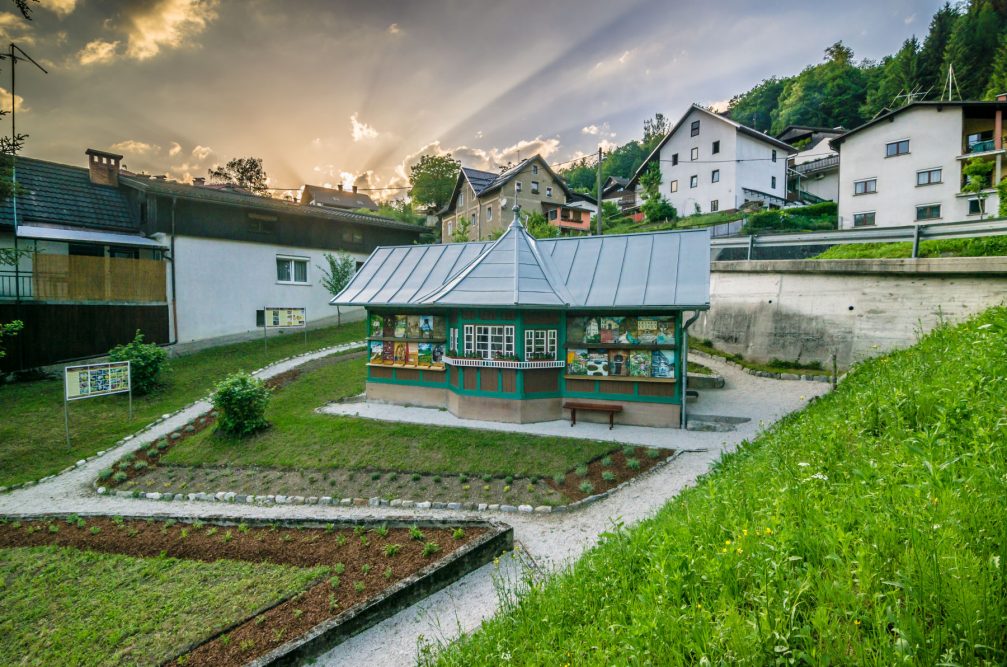

The Idrija Municipal Apiary is a beautiful example of a well crafted and executed and painted apiary. Located by the Church of the Holy Trinity, it is one of the highlights of the 20th century Slovene apiculture. It was built in 1925. (Image by Marko Sinkovec)
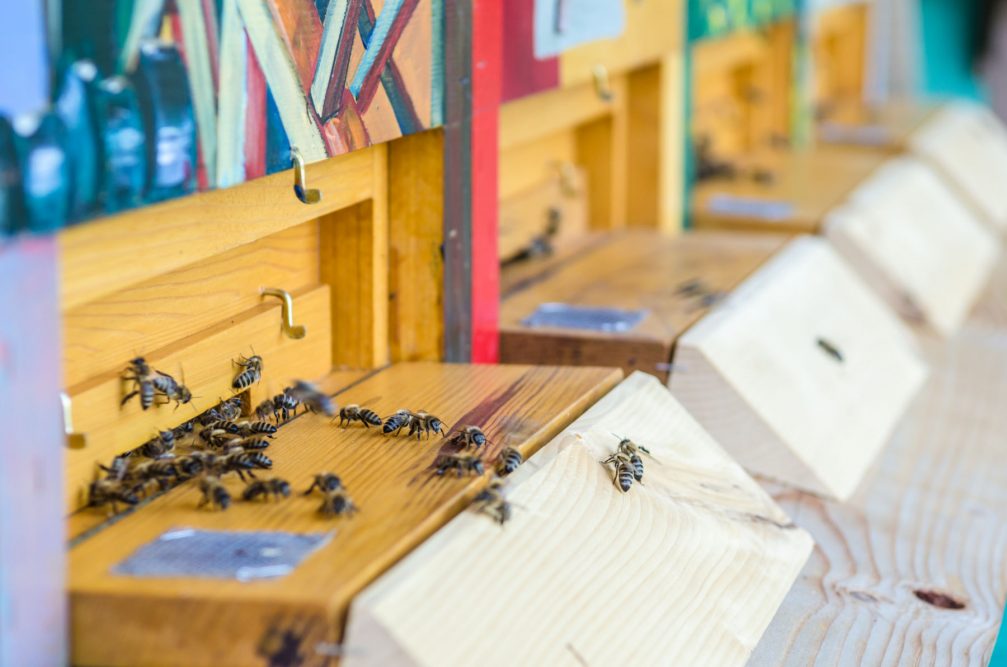

Beekeeping in Slovenia has a long history. (Image by Marko Sinkovec)
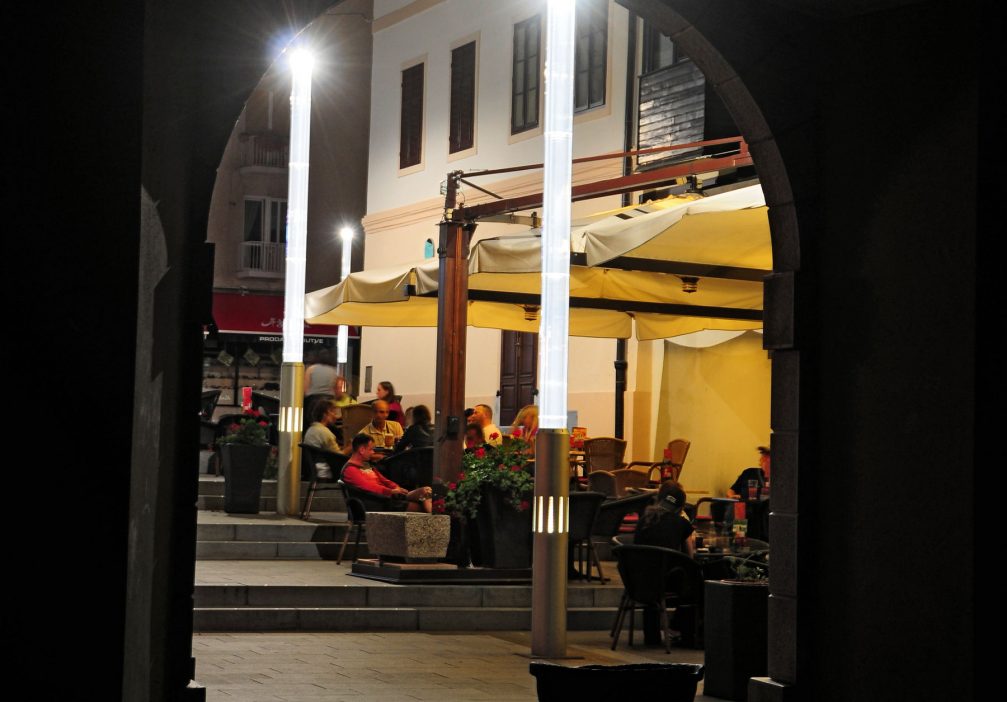

On summer evenings the cafes and bars of Idrija’s town center spill out onto the streets. (Image by Dunja Wedam)
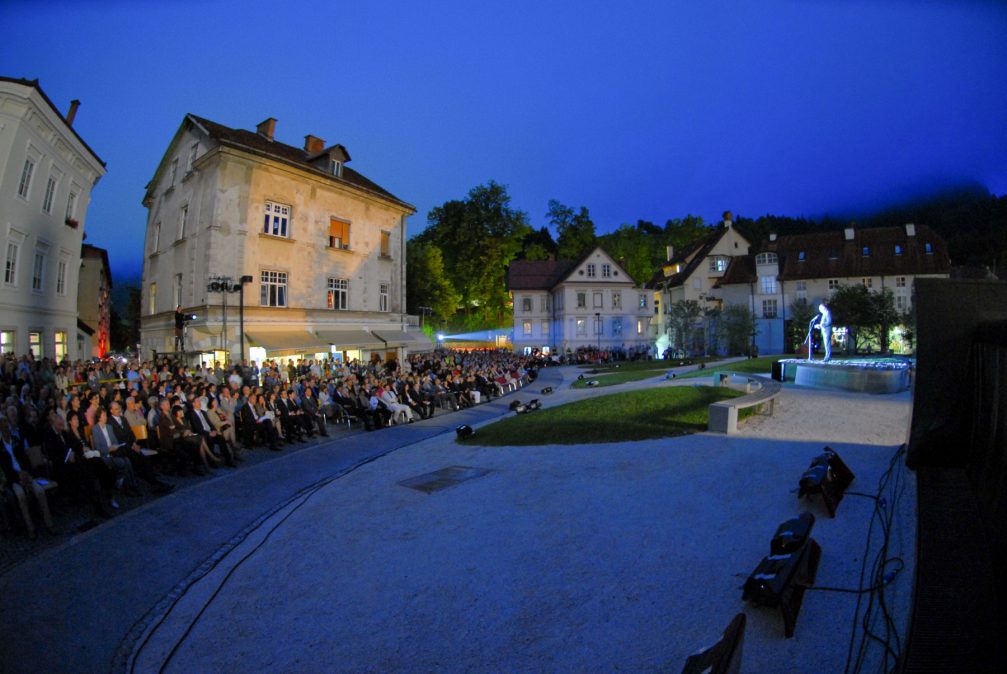

The Mestni Trg square is located in the centre of the town where festivals, concerts, and various other events take place throughout the year. (Image by Jani Peternelj)
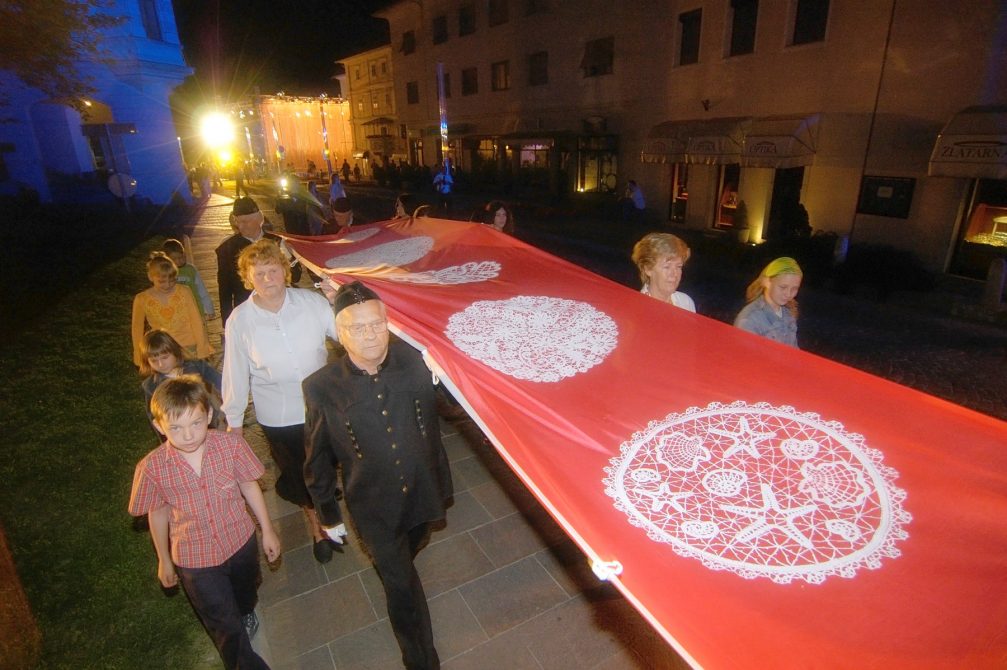

Idrija’s biggest and most prominent event is the internationally renowned annual Idrija Lace Festival which aims to preserve the centuries-old tradition of lace making in the town. (Image by Jani Peternelj)


On the Rozni Hrib hill above Idrija’s town centre stands the 17th-century church of St. Anthony of Padua. (Image by Tomo Jesenicnik)


A very interesting sight to visit is the Miner’s house from the 18th century standing at Bazoviska 4, not far from the town centre. It stands on a slope facing the town below. It represents the former way of life of miners’ families. (Image by Dunja Wedam)
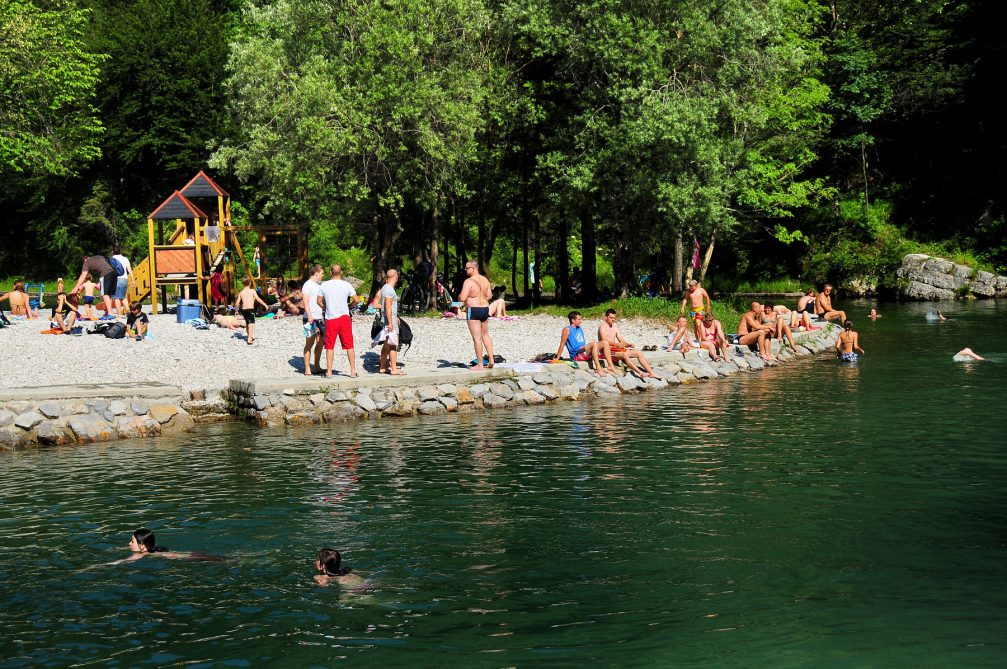

In summer, the locals go straight to the Lajst bathing area to swim, sunbathe and relax. The Lajst is located at the confluence of the Idrijca and Bela rivers, only a short drive from the town. (Image by Dunja Wedam)
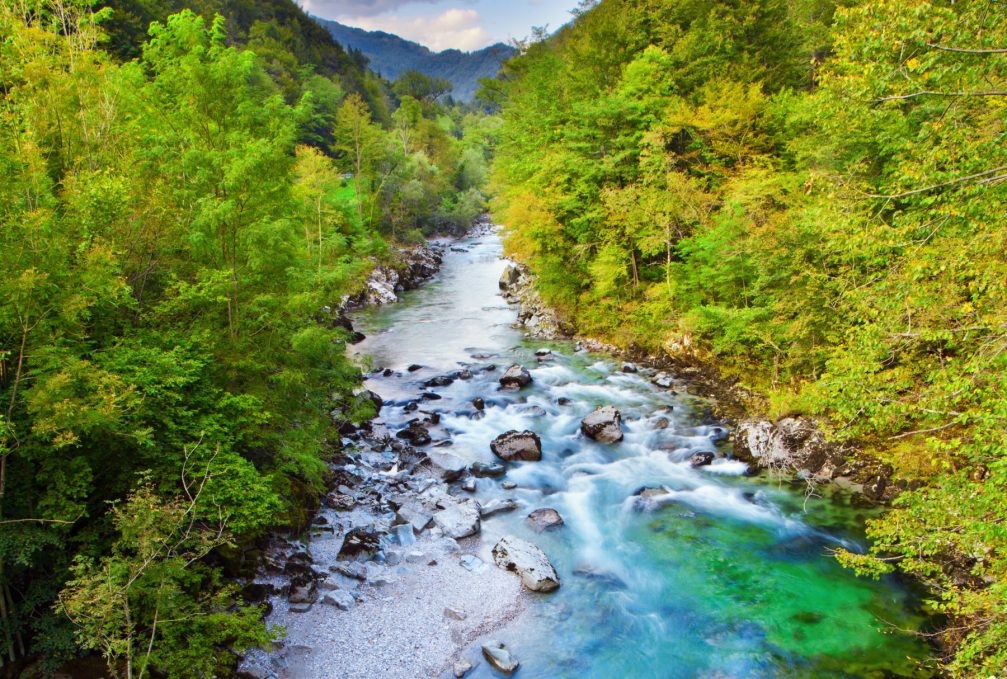

The Idrijca is a beautiful small river that flows through Idrija and then turns to the northwest. (Image by Jost Gantar)
Next 2 photos below by Gregor Kacin
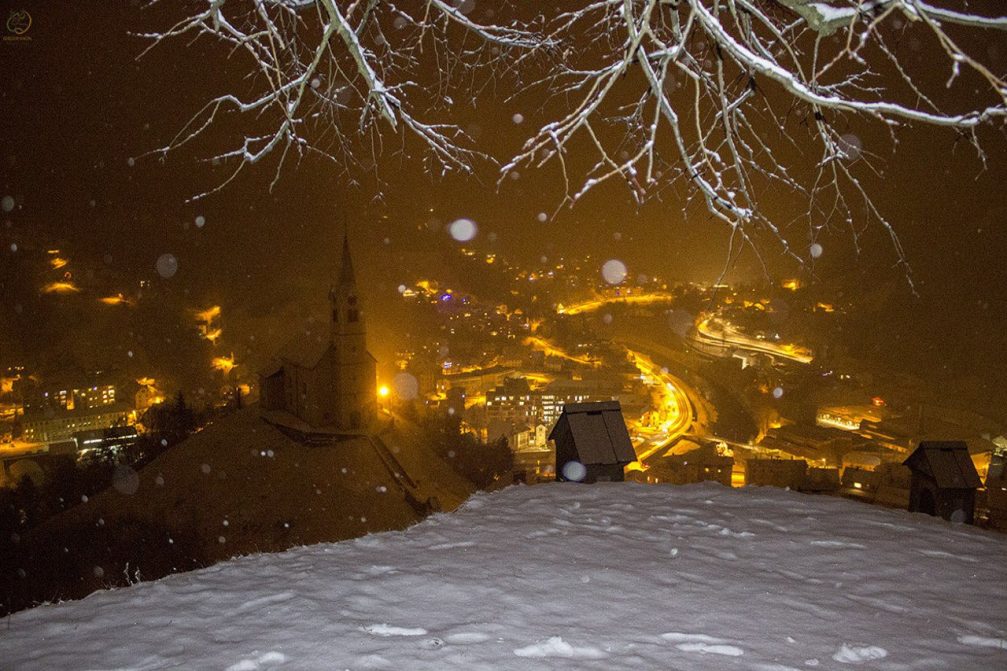

Idrija looks beautiful in winter with the scenery of snow.
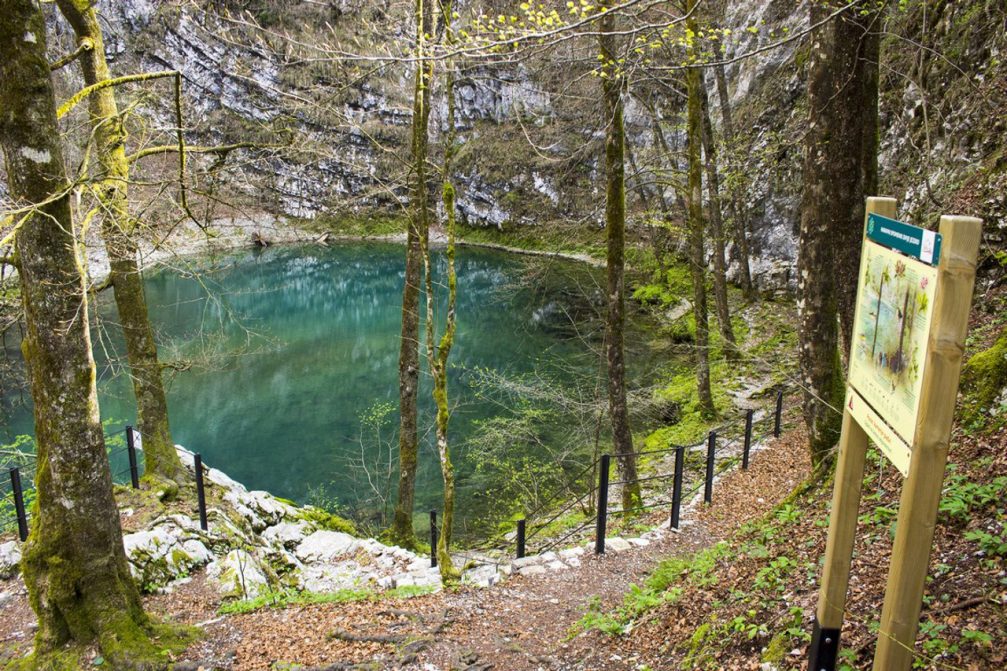

Divje Jezero or Wild Lake as it is called in English is a very unique and mysterious karstic lake located in Idrijski Log near the town of Idrija. Since 1967, the lake has been protected as a natural monument of national significance of Slovenia. In 1972, the area of the lake was arranged into the first Slovenian outdoor museum in nature. What makes the lake so extraordinary is its Vaucluse spring which has been explored by the most experienced Slovenian divers to a depth of 160 metres (525 feet). There’s something magical about water that just spontaneously flows from the earth. Normally, the lake’s emerald green surface is calm and peaceful, but after a few rainy days the water that gathers from the entire area of the Crni Vrh plateau and the Javornik Hill starts bursting out from the underground.
Location of Idrija on the map
Address: Mestni trg 1, 5280 Idrija, Slovenija
Latitude and Longitude Coordinates: 46.000953, 14.02117
GPS coordinates: 46° 0′ 3.4308” N 14° 1′ 16.212” E
Traditional region: Littoral (Slovene: Primorska)
Statistical region: Gorizia
Municipality: Idrija


